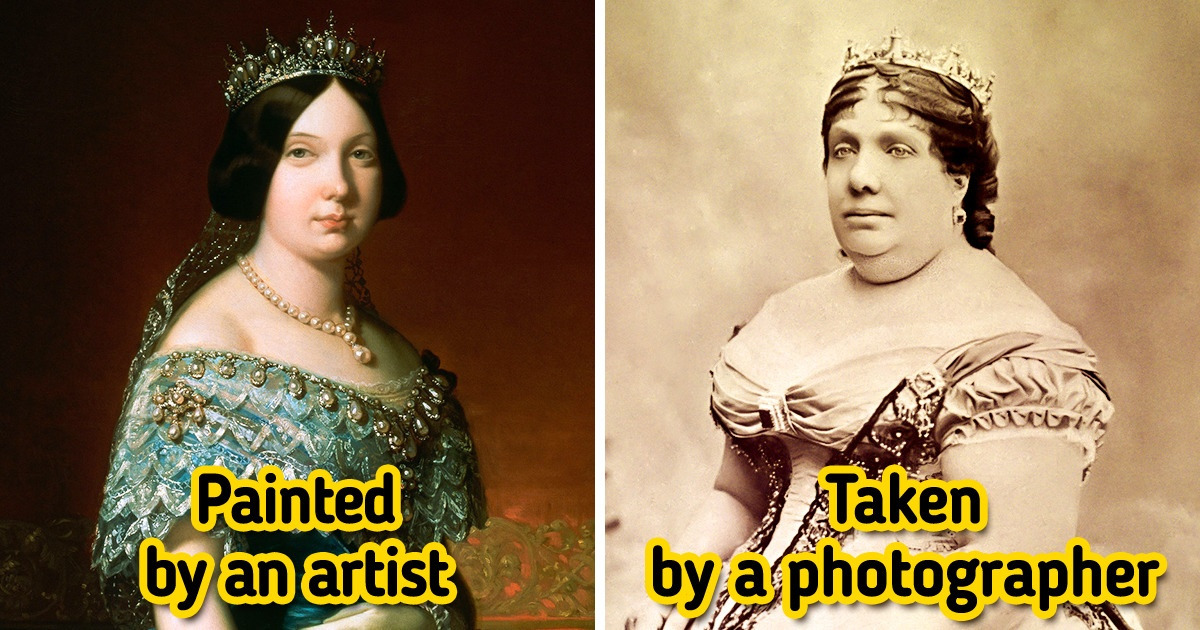Photo editing, as we know it today, might feel like a product of the digital age, but the roots of this art form go back centuries. Long before tools like Photoshop transformed how we perceive images, the idea of altering photographs was already flourishing in the 19th and early 20th centuries. Through meticulous craftsmanship, photo retouchers brought the concept of “perfection” to life, leaving an enduring legacy that continues to shape how we see ourselves and others.
Isabella II of Spain (1830–1904): A Queen’s Enhanced Elegance

The drive to present an idealized image was alive and well during Queen Isabella II’s reign. A comparison of her photograph and painted portrait reveals a notable difference. Her photograph showcases a flawless, smooth complexion, far removed from the textured realism of her painted likeness. This transformation likely resulted from techniques such as scraping negatives or applying pigments directly to prints. These subtle enhancements offered a polished, idealized representation of the queen, aligning her image with the high beauty standards of her time.
Mary of Teck, Spouse of George V (1867–1953): An Elevated Image

Queen Isabella wasn’t alone in benefiting from retouching techniques. Mary of Teck, the wife of King George V, is another notable example. In her photograph, her jawline appears sharper, her complexion more radiant, and her gaze brighter. These changes, though understated, reflect the painstaking efforts of retouchers to highlight her regal bearing and reinforce her image as a royal icon.
Elizabeth Bowes-Lyon (1900–2002): The Queen Mother’s Flawless Presentation

The Queen Mother, Elizabeth Bowes-Lyon, is yet another example of how early photo manipulation subtly shaped perceptions. Her photograph exhibits a more even skin tone than her painted portraits, where natural blemishes are more apparent. These adjustments may seem minor, but they were pivotal in crafting a public image that radiated elegance and poise.
Princess Helena of the United Kingdom (1846–1923): Refined Royal Imagery
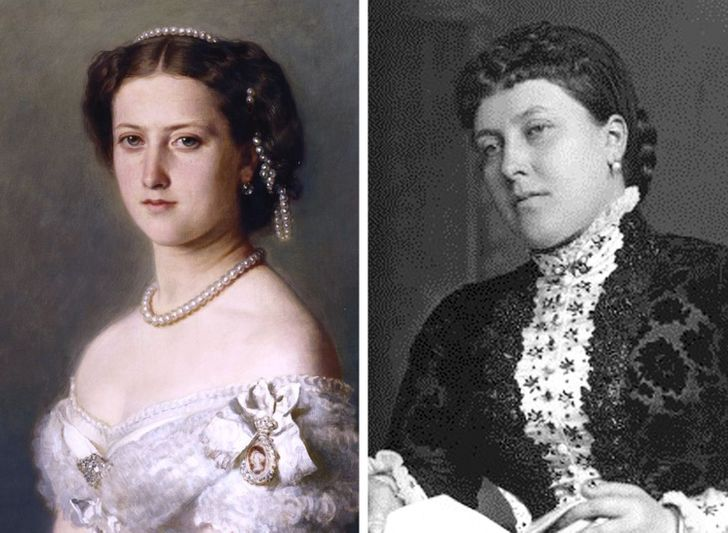
The desire for idealized photography extended to many members of the British royal family. Princess Helena’s photographs often showed a softened complexion and refined features that contrasted with the naturalistic details captured in her painted portraits. These alterations highlight how retouching helped maintain a consistent, polished image for prominent figures.
Victoria, Princess Royal, German Empress (1840–1901): The Delicate Art of Refinement

Victoria, Princess Royal, stands as another example of photo enhancement. Her photographs reveal subtle adjustments, such as brightened eyes and smoother skin, which enhanced her regal presence. These changes were instrumental in aligning her visual representation with the public’s expectations of nobility and grace.
Charlotte of Belgium (1840–1927): Crafting a Royal Image
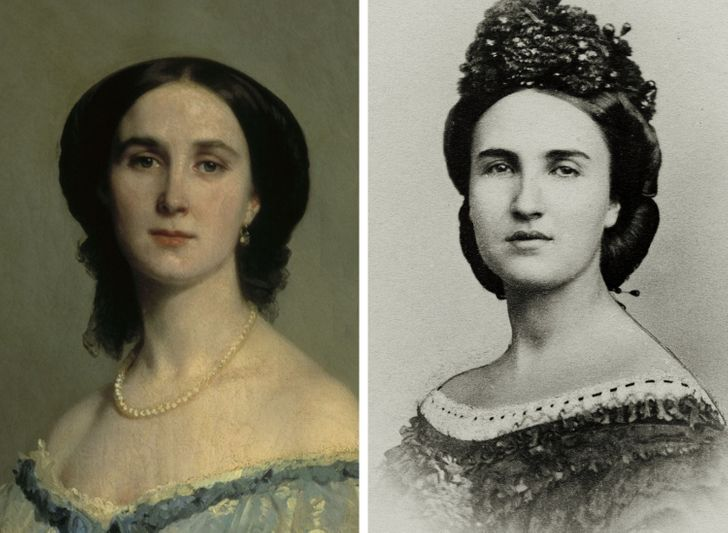
Charlotte of Belgium’s photograph offers a glimpse into the artistry of 19th-century retouching. Her images often featured delicate enhancements, such as softening wrinkles and refining facial features, which contributed to the perception of her as a dignified and graceful royal figure.
Vincent van Gogh (1853–1890): A Self-Portrait in Contrast
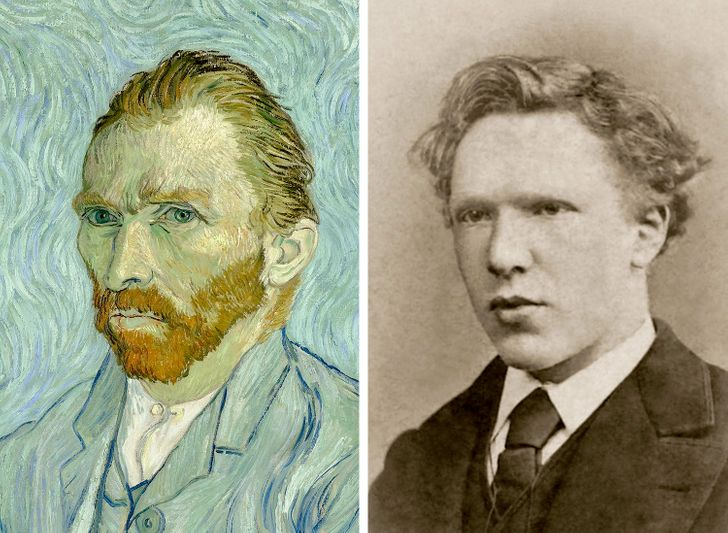
Even beyond royalty, the pursuit of image perfection found its way into art. Comparing Vincent van Gogh’s self-portraits with photographs of the artist reveals intriguing contrasts. While his paintings depict a gaunt and rugged man, his photographs show a fuller, more refined face with a determined glint in his eyes. This juxtaposition highlights the universal human desire to shape how one is perceived, whether through a paintbrush or a photographic lens.
Sophie of Württemberg (1818–1877): The Queen of the Netherlands’ Enhanced Grace
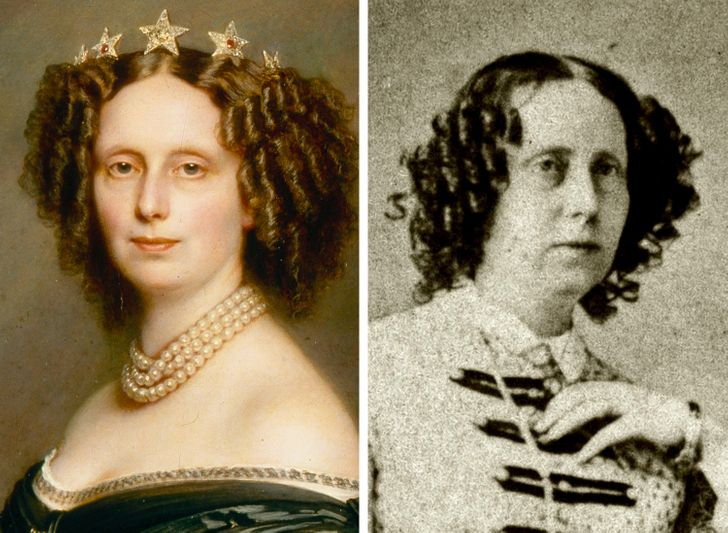
Sophie of Württemberg’s photographs were often retouched to soften features and create a flawless visage. These enhancements reflected her status and reinforced the ideals of beauty and perfection associated with her royal standing.
Queen Victoria (1819–1901): A Timeless Representation
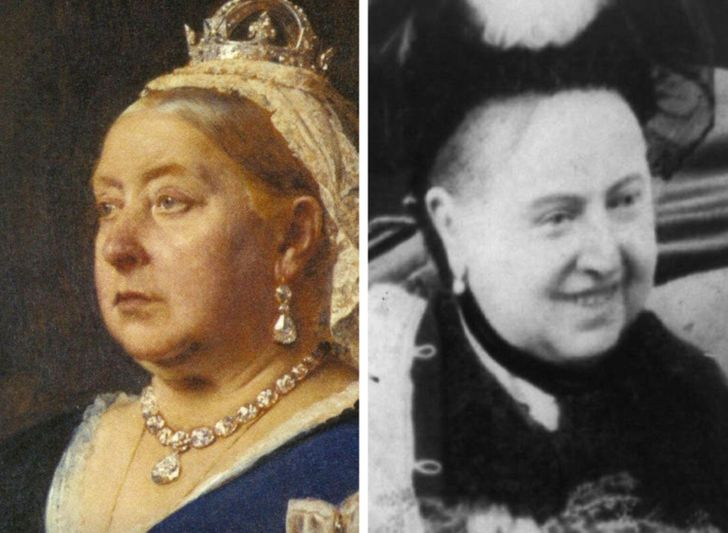
Queen Victoria’s photographs are prime examples of how early retouchers worked to refine their subjects’ appearances. Smoother skin, softened features, and enhanced lighting were common techniques used to create a more polished and regal image of the queen, ensuring her portraits aligned with her revered status.
Maria Christina of Austria (1858–1929): A Queen-Consort’s Polished Portraits
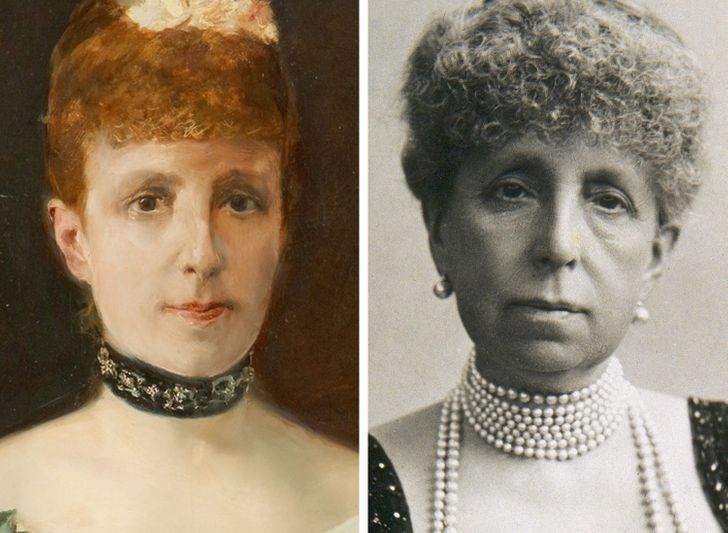
Maria Christina of Austria, Queen-Consort of Spain, also benefited from the art of photo retouching. Her photographs exhibit a careful balance of realism and idealization, with subtle adjustments that emphasized her elegance and grace.
Maria Luisa of Bourbon-Parma (1870–1899): A Princess’s Idealized Image
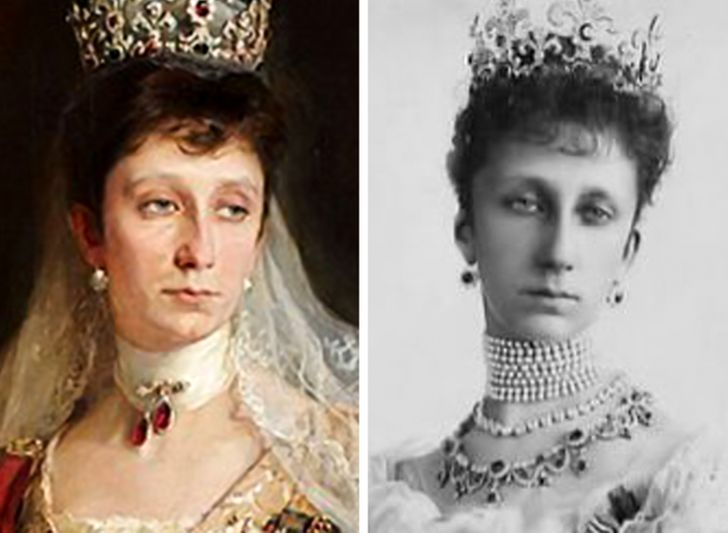
Maria Luisa’s photographs were no exception to the practice of retouching. Her images often highlighted a more radiant complexion and refined features, presenting her in a light that resonated with the high expectations placed on royal appearances.
Alexandra of Denmark (1844–1925): A Queen’s Flawless Portraits
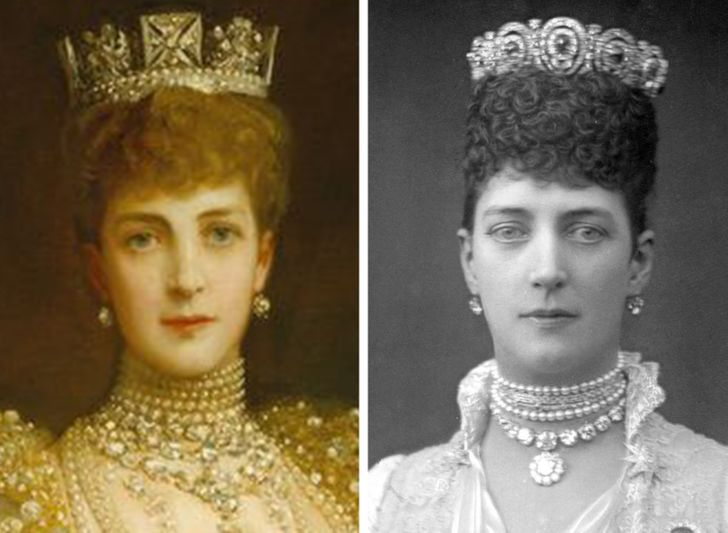
Alexandra, the spouse of Edward VII, often had her photographs retouched to enhance her natural beauty. These adjustments, though subtle, played a significant role in maintaining her image as a dignified and beautiful queen.
Grand Duchess Elena Vladimirovna of Russia (1882–1957): A Legacy of Elegance
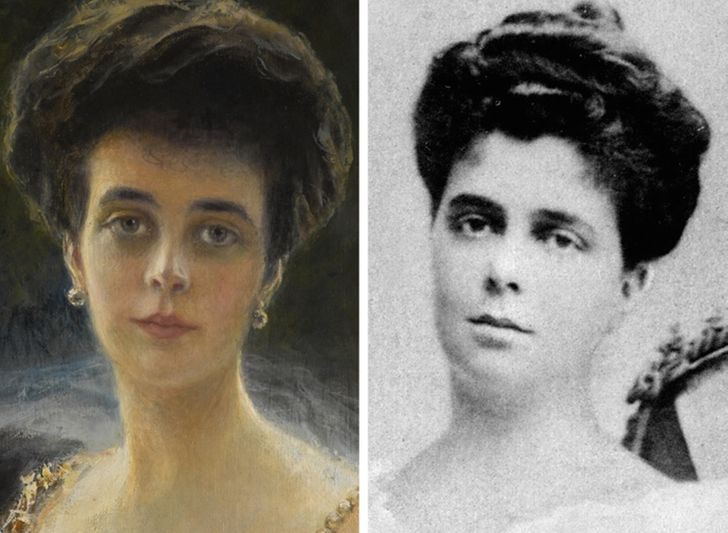
The photographs of Grand Duchess Elena Vladimirovna showcase the artistry of retouching, with softened lines and an enhanced radiance that projected grace and sophistication, hallmarks of her royal lineage.
Princess Beatrice of the United Kingdom (1857–1944): A Daughter of Queen Victoria
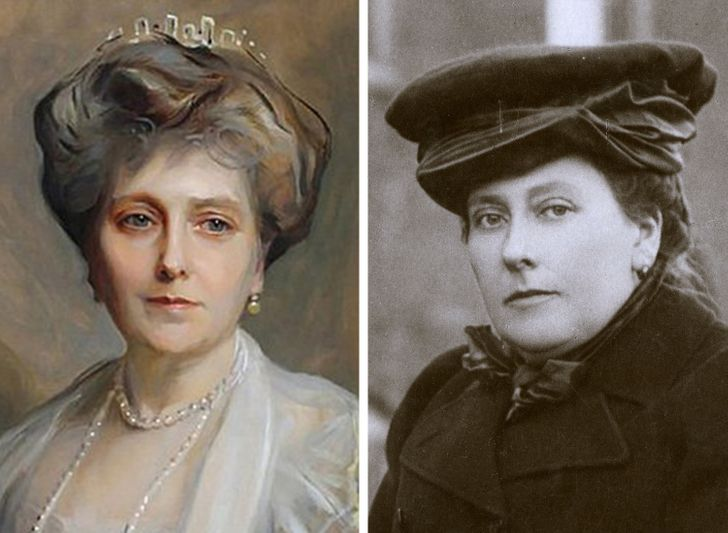
Princess Beatrice’s photographs were retouched to refine her features and smooth her complexion, aligning her image with the royal family’s emphasis on elegance and poise.
Princess Alice of Battenberg (1885–1969): A Mother-in-Law’s Timeless Charm
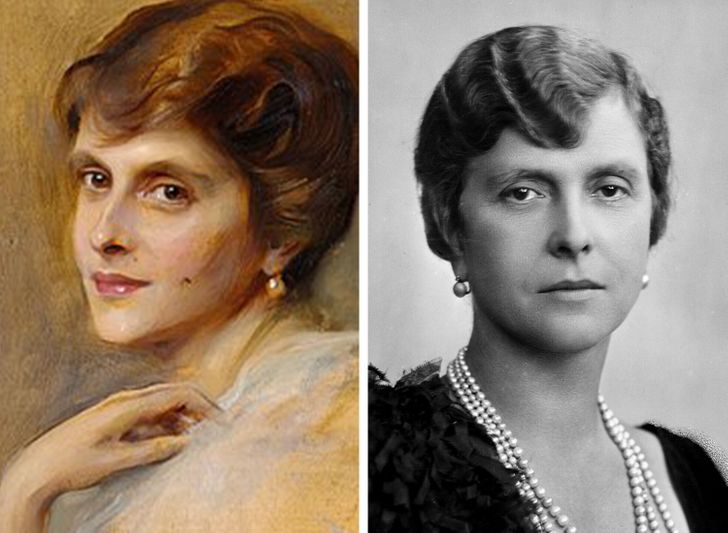
Princess Alice’s portraits reflect the care taken in photo retouching to soften imperfections and enhance her regal aura, ensuring her image endured as a symbol of dignity and grace.
Alexandra Feodorovna (1872–1918): A Russian Empress’s Idealized Representation
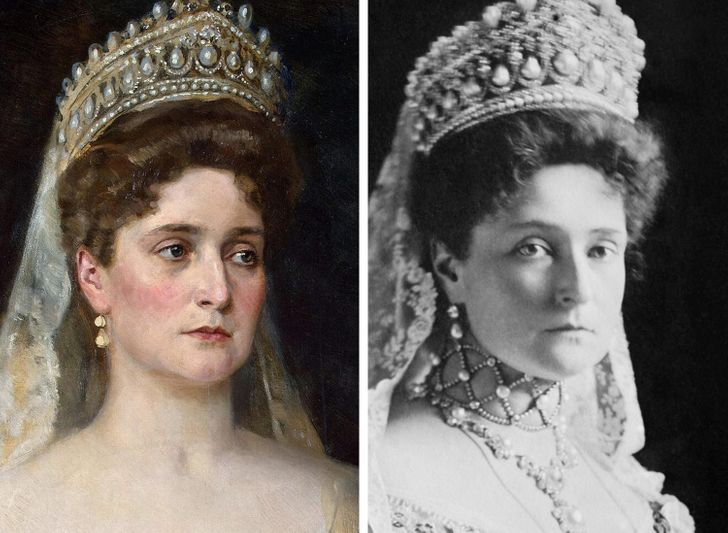
Alexandra Feodorovna’s photographs demonstrate the enduring pursuit of perfection in royal imagery. Her retouched portraits emphasized smooth skin and a serene expression, highlighting her role as a figure of elegance and strength.
A Timeless Desire for Perfection
From royalty to commoners, the history of photo retouching reveals a universal human desire to present an idealized image. Whether through scraping negatives or digital filters, the pursuit of perfection in photography has endured, reflecting an intrinsic need to align our appearances with the beauty standards of our time. The tools have evolved, but the longing to look flawless remains as timeless as ever.
